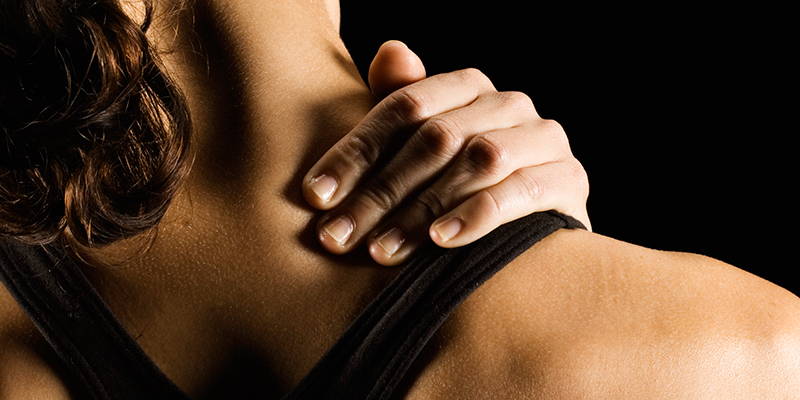Muscle knots can drive anybody into a knot! These are painful spots in the muscles that persist even with dynamic stretching exercises, warm-ups and cool-downs, and painkillers, even diet and lifestyle changes. These are also the areas where the connective muscles have cramped, typically from overuse injury among fitness enthusiasts, resulting in dull aches, sharp pains, and limited mobility.
The good news: You have several effective options to remove the muscle knots that can form due to strenuous physical activity. You should, however, discuss the pros and cons of each type with your doctor and/or personal trainer at Powerhouse Gym for safety’s sake. You will also observe that these are deep tissue techniques.
Sports Massage
This is the most common treatment for muscle knots for many reasons. You can get it from a professional massage therapist on a regular basis, if necessary. You will also enjoy the benefits of massage, such as better physical and mental health.
Deep tissue massage can relieve severe muscle tension since its main focus is on the muscles below the top muscles’ surface. Your massage therapist will apply pressure on both the surface and deep layers of your connective tissues, muscles, and fascia. You will probably feel mild to moderate pain – cry like a baby, as rookies say it – but your mobility can be restored in a few sessions.
Rolfing
The Rolfing technique primarily focuses on the fascia, the connective tissue sheath surrounding the muscles, which can be a problem due to adhesion. During a typical session, you will be asked to lie down in a relaxed position before you perform specific movements designed for structural integration. Your Rolfing service provider, known as Rolfer, will then manipulate your fascia for 60- to 90-minutes for each session.
Your doctor may suggest 10 Rolfing sessions although you can increase it in case your muscle knots are in worse state.
AMIT
This stands for advanced muscle integrative technique, which was invented by Dr. Craig Buhler. Basically, AMIT restores the normal function of proprioceptors, which are partly responsible for monitoring and controlling movement, pressure, and tension, among others. When proprioceptors are injured or inflamed, these gradually shut off resulting in limited mobility to the affected areas.
You will likely experience discomfort, even mild to moderate pain, with each AMIT session but it can restore normal mobility. Your AMIT professional will use pressure including kneading in doing so.
Muscle activation technique (MAT) is based on several principles as AMIT but with different practices. In MAT, range of motion testing procedures are made before specific exercises, usually isometrics, are performed to remove the muscle knot.
While muscle knots are inevitable in your life as a fitness enthusiast or professional athlete, you can take more control by asking your healthcare provider, personal trainer, and fellow athletes about the best ways to cope with them.
